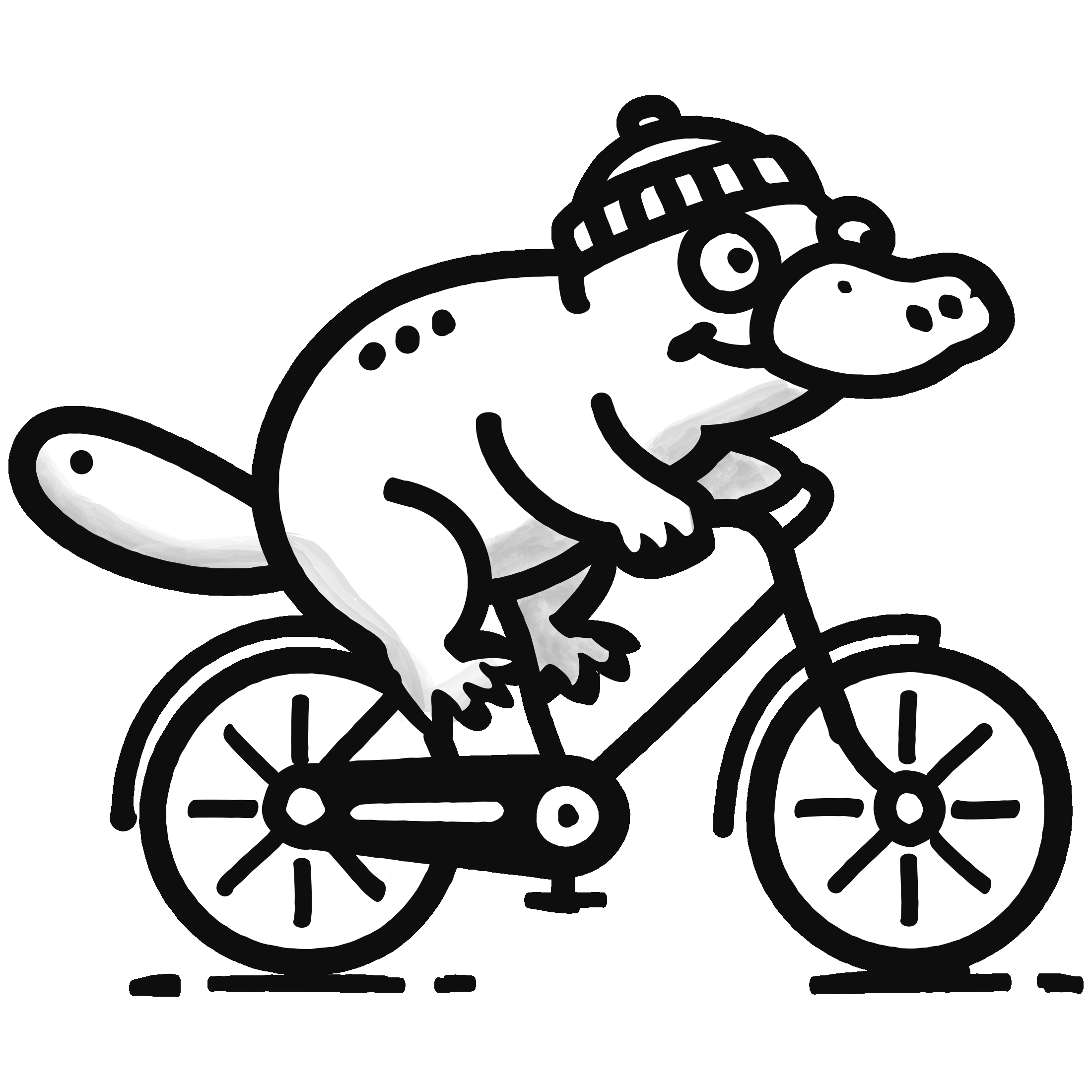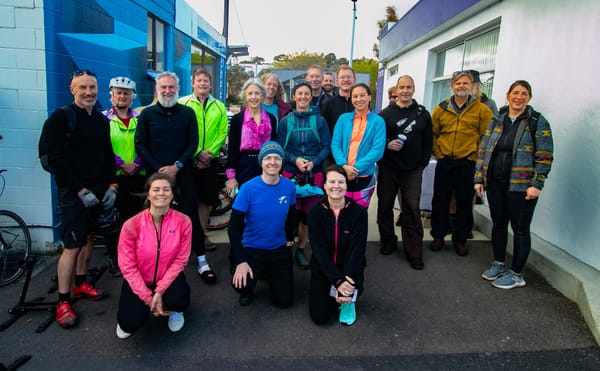Movement: how to take back our streets and transform our lives
A book review of Movement by Thalia Verkade and Marco te Brömmelstroet, which challenges car-centric thinking and explores how reclaiming our streets for people can transform health, safety, and community life.
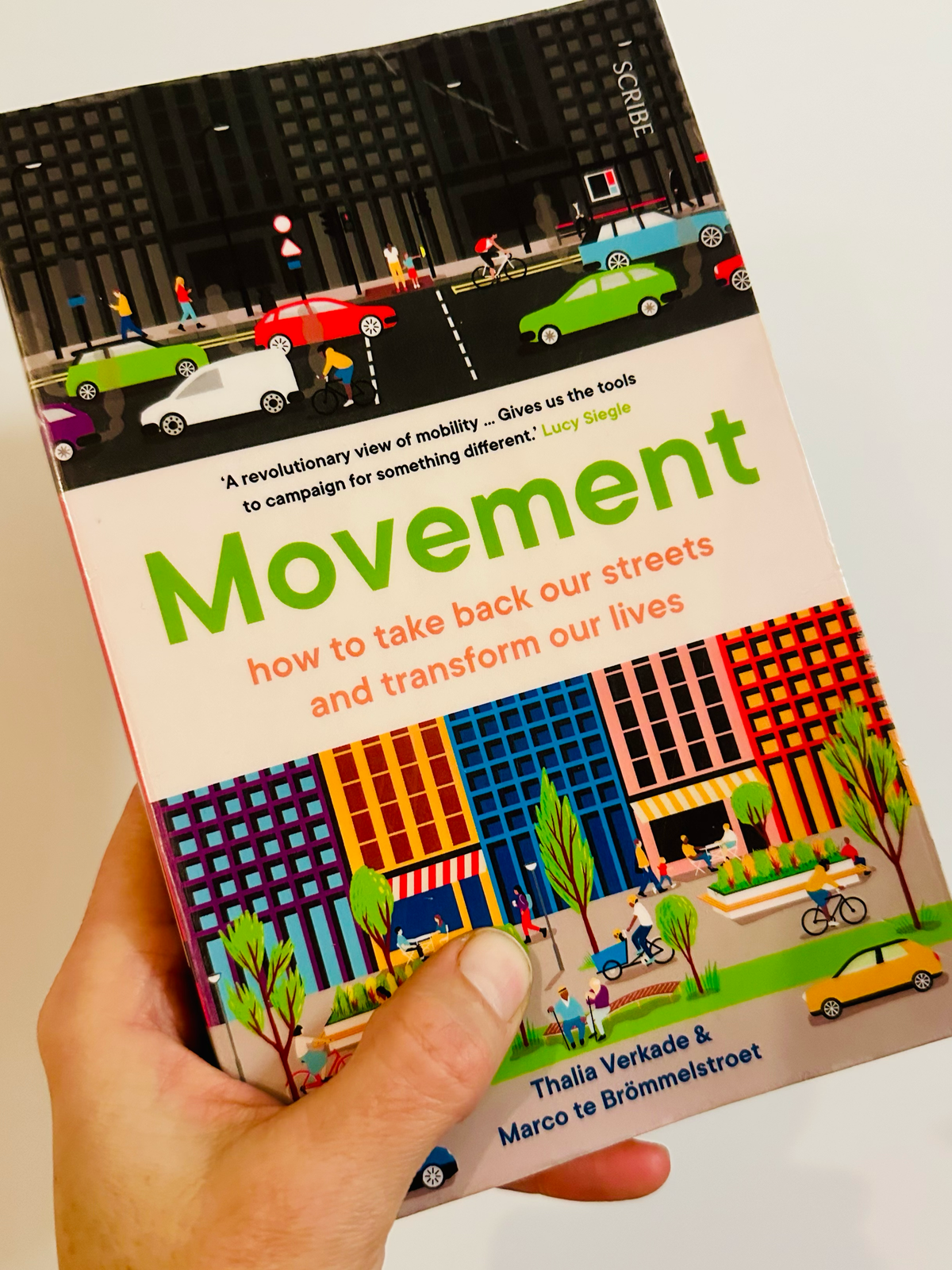
Journalist Thalia Verkade and urban mobility expert Marco te Brömmelstroet (aka the cycling professor) describe the evolution of our streets from places for people to places for cars and trucks.
The story is told from the perspective of Thalia who is a journalist who set out to write about ‘fixing traffic’. In her mind the pinnacle of being a good citizen was buying an electric car and riding your bike more. Then she met Marco and was taken aback by how little he thought of her ideas and theories. He sets her on the path to radically change her perspective and to reconsider who our streets belong to.
The book looks at the factors that have led to the prioritisation of cars over walkers and bike riders in our suburban streets and neighbourhoods.
Both authors are based in the Netherlands, which is known for its cycling infrastructure, much of which was born out of concern for child safety in the 70s. They highlight how even their bike-loving cities have succumbed to more car-centric planning. They argue that the continued focus on cars and traffic flow has lead compromised public health and safety and also impacted how we relate to each other as humans.
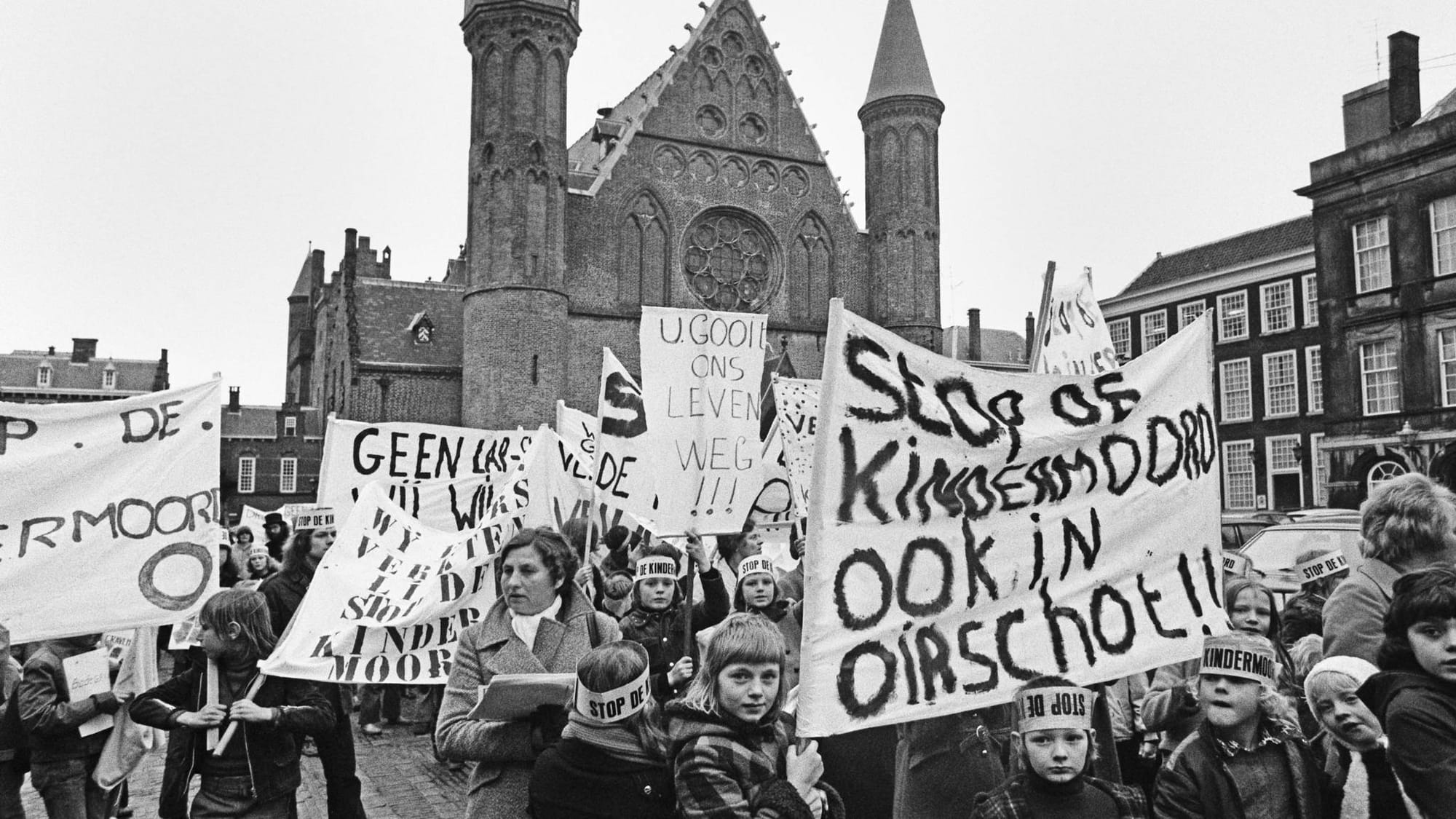
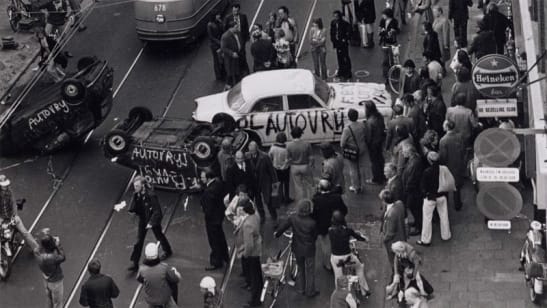
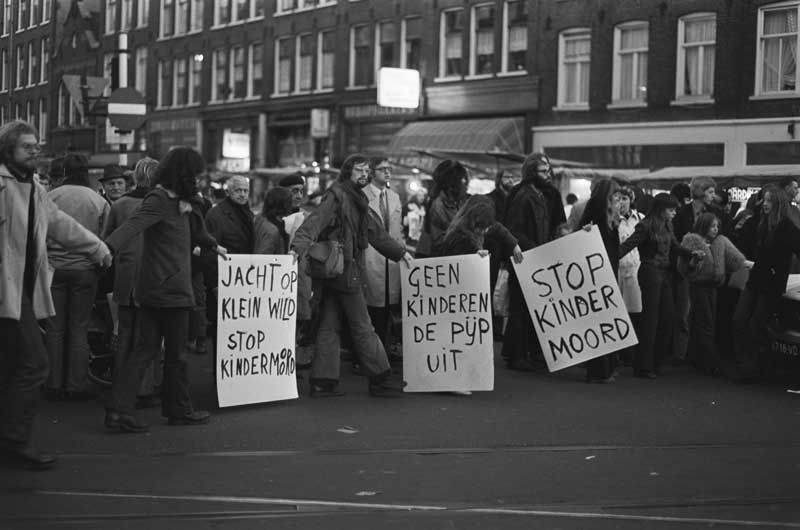
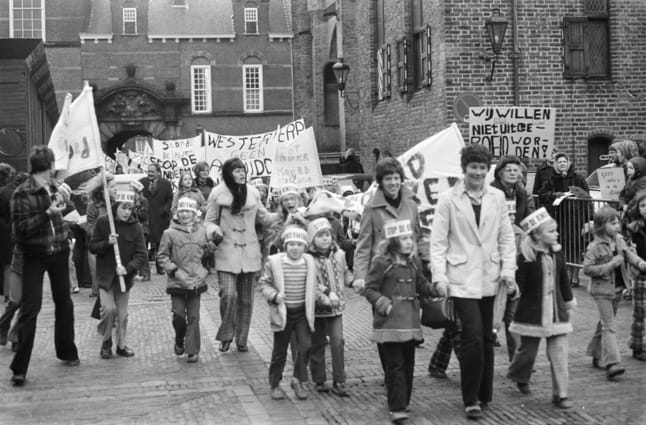
The Netherlands "stop kinder moord" (stop child murder) protests in the 1970's
The book is engaging and shows how we can rethink our urban spaces and use of our streets, which is public land after all. It makes complex research into urban planning and transport understandable to a broad audience. The authors use personal stories and real-world case studies, to clearly describe the impact of urban design decisions.
Some of the highlights are the descriptions of cities where a portion of the street network has been returned to the people for walking and riding and socialising - from big cities like Paris, London and Amsterdam to cities closer to Hobart’s size like Utrecht and Groningen.
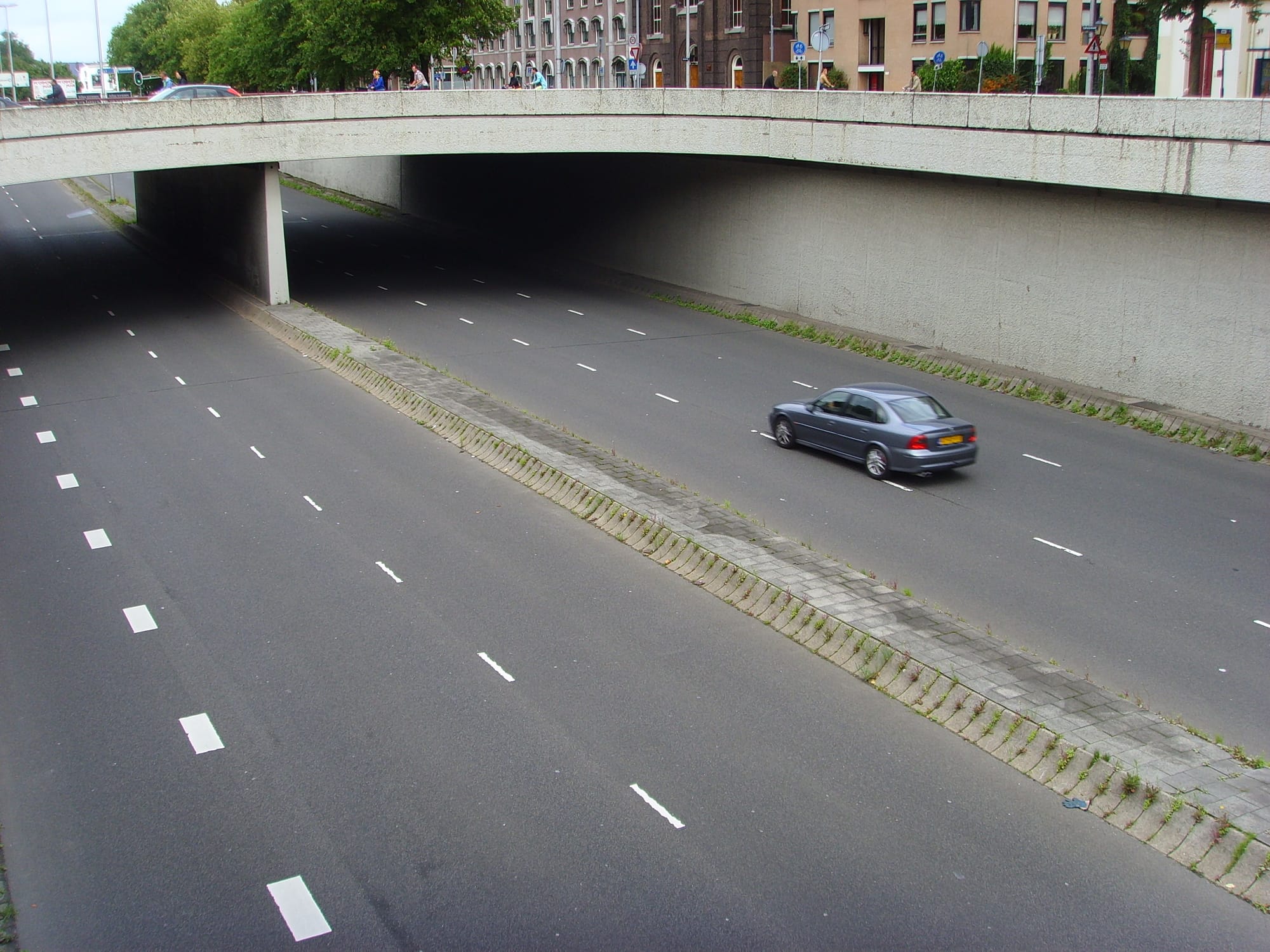
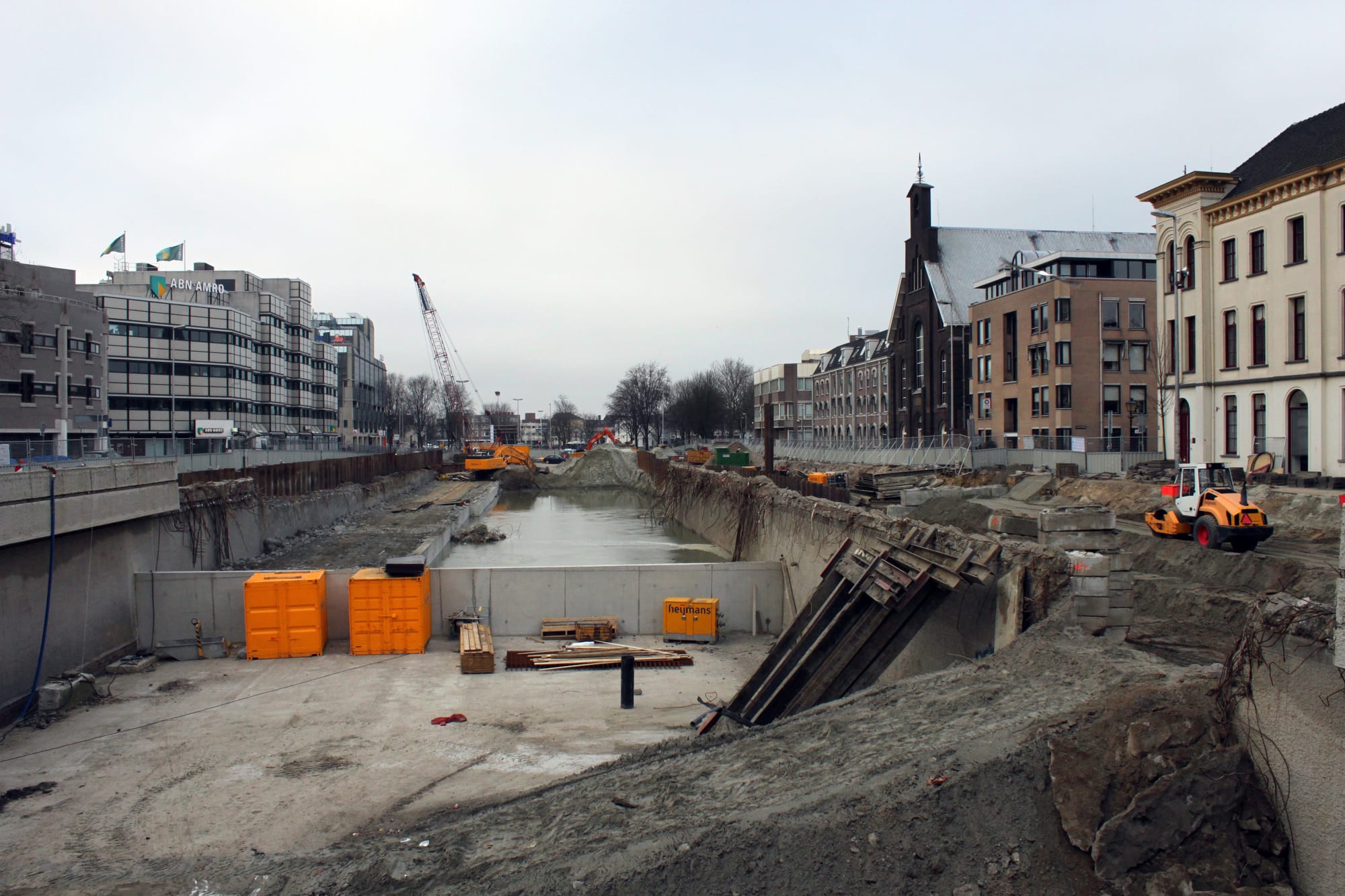
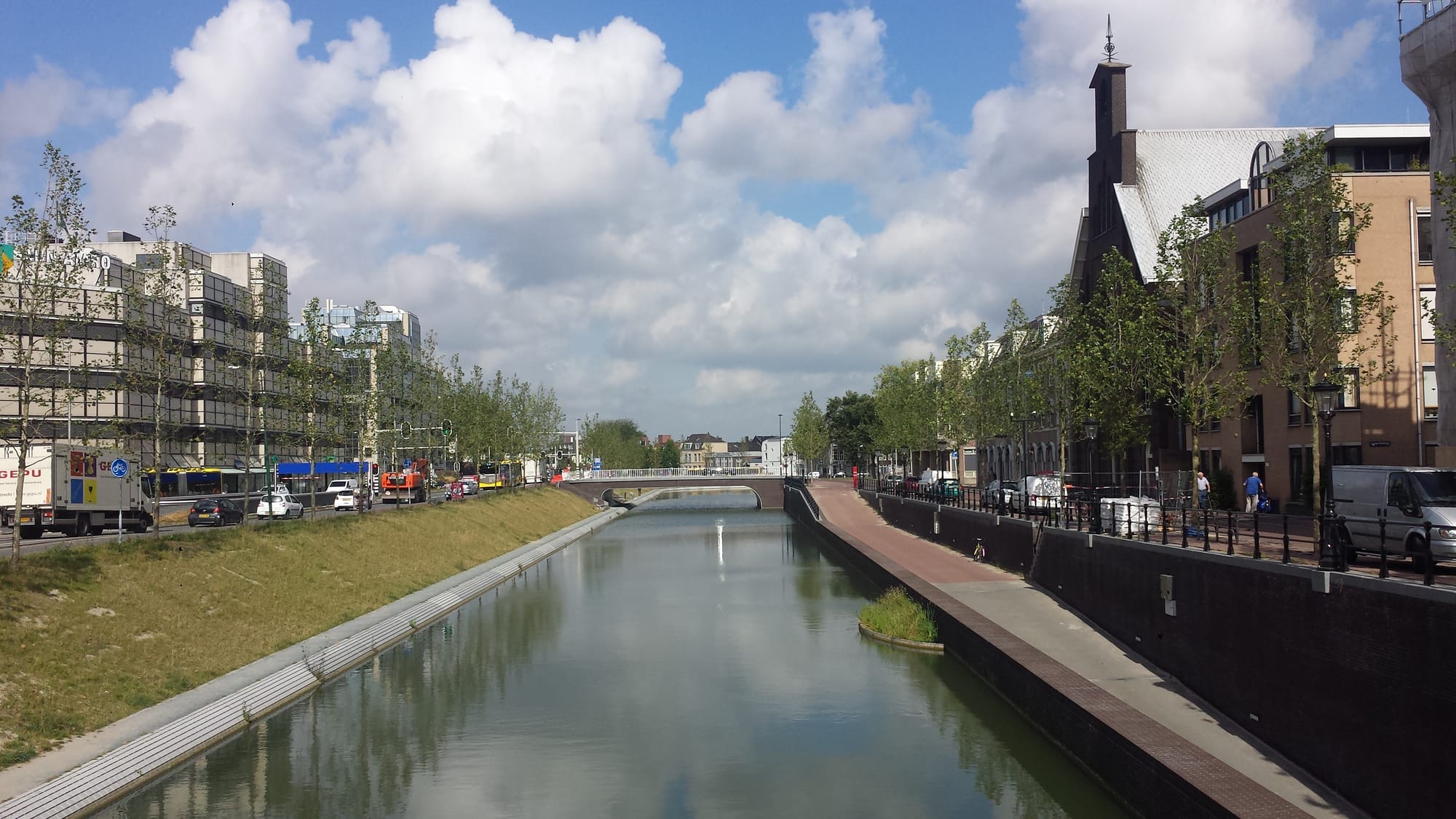
The Catharijnesingel, a historic canal in Utrecht, was converted to a motorway before being converted back to a canal. Catharijnesingel, Utrecht by Victor van Werkhooven, licensed under CC BY-SA 3.0 Catharijnebaan – Catharijnesingel werkzaamheden 2011 by Hay Kranen (as “Husky”), licensed under CC BY 4.0 Daalsesingel, Utrecht by Nietanoniem, released into the public domain via CC0 1.0
Groningen was one of the towns that moved to a low-traffic city centre in response to car-related deaths in the 70s. The changes proved so successful that they have continued to innovate. Te Brömmelstroet was involved in the latest guidelines which have switched from designing streets for mobility as the number one consideration to include: ‘accessibility, safety, human perception [experience], health, social interaction, ecology, climate adaptation, economy and cultural history’.
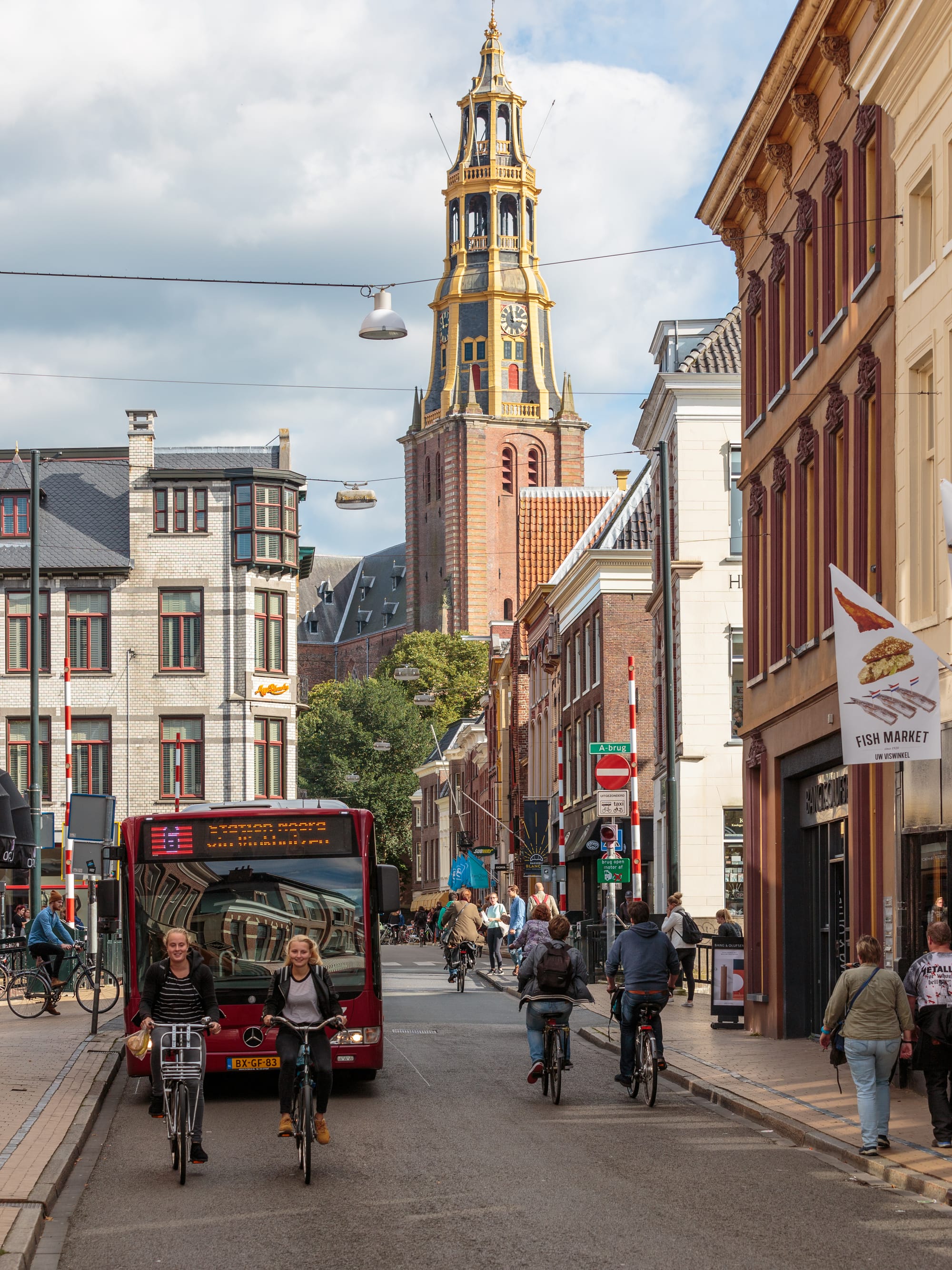
The book also explains the need for reduced speed limits in residential streets and why building more roads and lanes doesn’t solve our traffic problems. It makes a strong case for putting people back at the centre of our design decisions and to question road standards that continue to prioritise the flow of vehicles over thriving and safe communities.
Movement is available from Libraries Tasmania in hard-copy or e-book.
